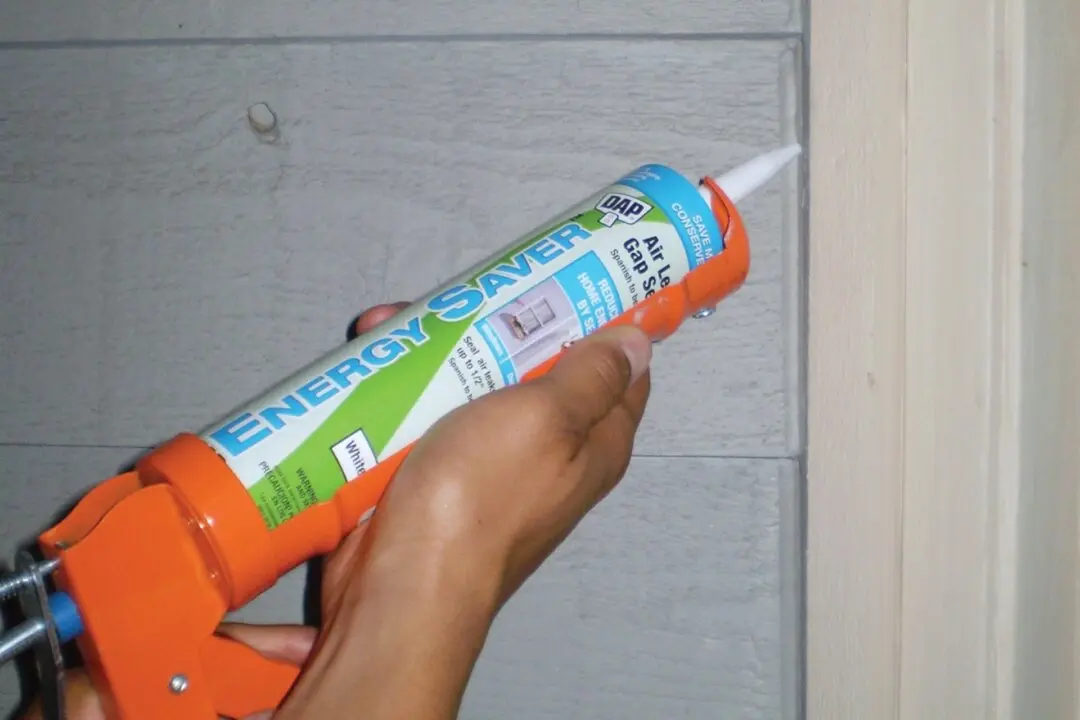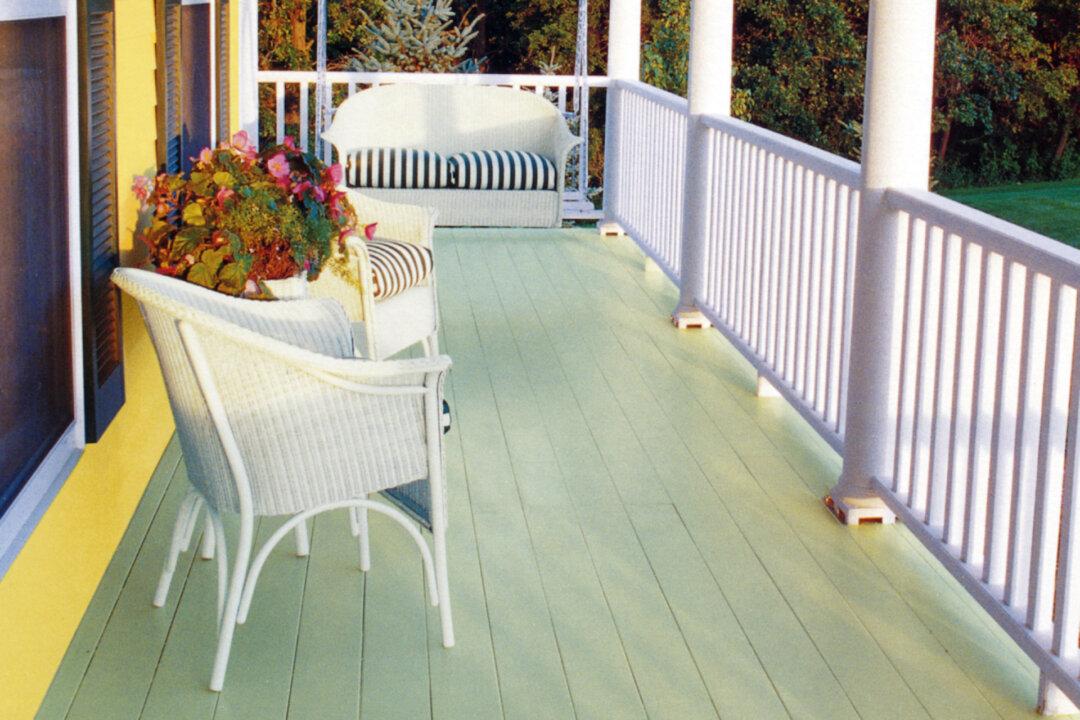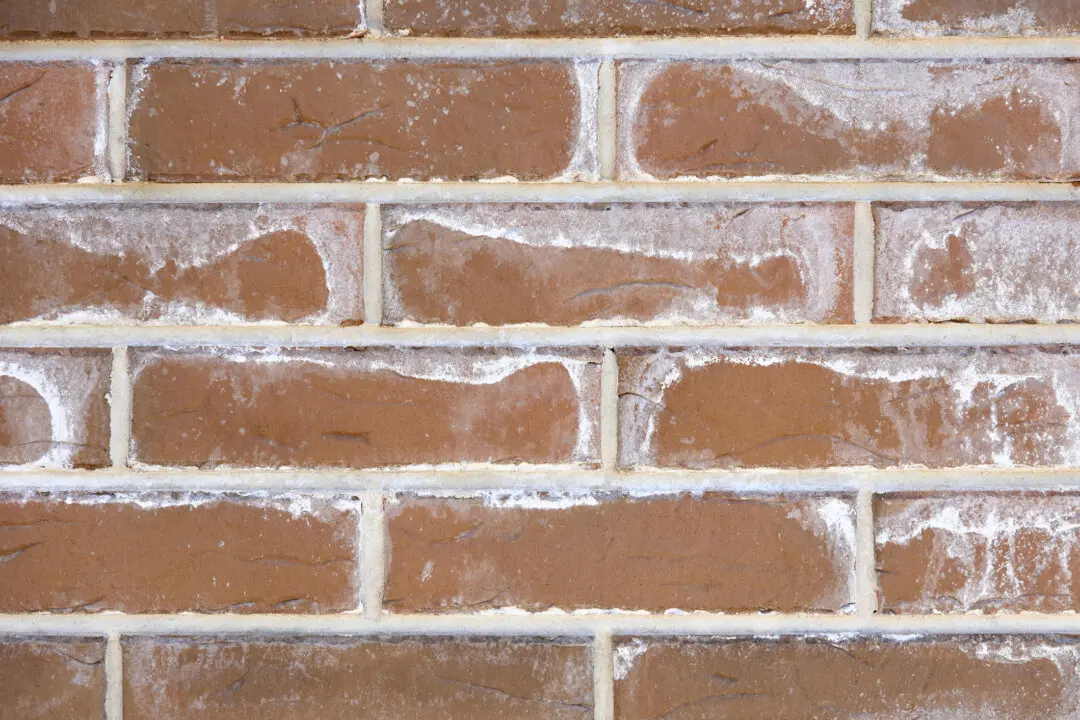The planks of a floating floor don’t need glue or adhesive like a traditional flooring material because they lock together creating a tight bond between the tongue and edge of the planks. They are laminate planks installed over a dense resilient foam that makes it soft underfoot and prevents the planks from flexing when rolled over a flat and smooth subfloor.
A floating system fits together as you lay down the planks at one wall and continue across the room to the opposite wall. Leave a small gap at the wall so the material can expand and contract with seasonal humidity. Don’t worry about the gap because it will be hidden by baseboard shoe molding.
A flooring installer charges $1,950, including labor and material, to install a 15-by-20-foot floating floor. You can do the job for $1,365, the cost of the flooring, and pocket a 30% savings.
Measure the floor and use an online calculator to learn how many planks are needed by entering “flooring calculator” or get help at a flooring retailer. For tools you’ll need a measuring tape, straight edge, circular saw, hammer and a pair of kneepads. Add the cost of base shoe molding and a tapping block to close the gap and expansion spacers between the wall and planks.
To find more DIY and contractor project costs and to post comments and questions, visit www.diyornot.com.
Pro Cost — DIY Cost — Pro time — DIY Time — DIY Savings — Percent Saved
$1,950 — $1,365 — 9.0 — 11.0 — $585 — 30%





